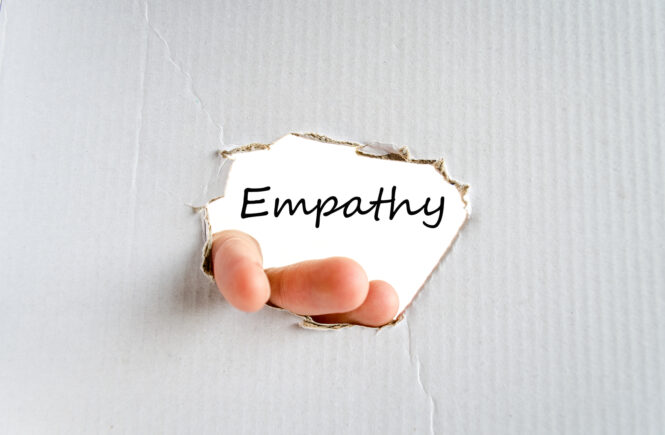Patient Centered Health Home (PCH2): Healthcare Buzzwords
Anytime a new model of healthcare, or hot new idea comes around – buzzwords are born. We write these buzzwords in our emails, use them to discuss issues in meetings, and try to find a way to make the concept work for our organization and our patients. The buzz today is all about Patient Centered or Patient-Centric care – often shortened to PCMH. Every healthcare team needs to grasp what that means to the way they perform daily patient care.
The Joint Commission refers to this model as Primary Care Medical Home (PCMH). National Committee For Quality Assurance named it Patient Centered Medical Home (PCMH). Having both medical home descriptions shortened to the same acronym makes it easier to talk about these concepts, but the concept of a “medical home” raises some questions.
In our healthcare organizations, there has been a lot of education for the implementation stages of PCMH over the past four years. During this time, questions periodically surfaced around the naming of this new care model – why was the word medical chosen instead of health? Stating medical home implied to patients and to colleagues that this new innovation of care was only for the medical or primary care providers and not as important for dental, behavioral health, nutrition, diabetes, pharmacy, referral specialist, case management, and others. It was interesting to observe how this name or title influenced the perception or interpretation of what this initiative meant to people.
Our organization decided to rename this important initiative to Patient Centered Health Home. Keeping with tradition of being acronym-happy in healthcare, we abbreviate it to PCH2 (pronounced P.C.H. Squared).
Why is calling it a health home so important?
- A PCH2 more effectively denotes authentically integrated services. The PCH2 achieves the purpose of the name of offering as many wrap around services to our patient as possible.
- A PCH2 creates a grand “round table” integrating and valuing all colleagues involved in a patient’s care.
- A PCH2 is concerned with wellness and quality of life in the non-medical areas of a patient’s life. This approach supports removing barriers from the discussion for disciplines such as mental and behavioral health, dental care, and social work. They all have a place in this health home, inputting their expertise into the care strategy, thus enabling far better patient outcomes.
What it does for our patients:
- The goal is to provide care in a holistic methodology and to meet each patient where they are at in their life, emotionally, physically, socially, behaviorally. Recognizing that all patient health factors need to be considered and addressed to the best of our ability as their healthcare coaches, mentors and team members.
- A PCH2 supports the patient in becoming the most healthy they possibly can be.
- In a PCH2 model, patients feel a strong connection to all department of care and understand all are important to their overall HEALTH. That may include departments that are new to their healthcare experience. For example being referred to behavioral health for insomnia, to dental care because they may not have had oral care in their adult life, or a licensed clinical social worker to discuss their living situation and the list goes on.
Changes to How We Work:
- Professional staff that is accustomed to remaining in their silo or department walls has to work on feeling comfortable in all areas of healthcare delivery in our community health care environment. Our desire is to be a team of true colleagues in providing patient care instead of divided departments. The example we use with our staff is that if a nurse colleague is standing in the dental department, the nurse is just as comfortable as if we were standing in the medical department and vice versa.
- TEAM has to become a cultural norm and not just a word.
- Colleagues need to become accustomed to being out of their “natural habitat.” In practice, a PCH2 will require each member of the team to feel totally comfortable in discussing his or her expertise in relation to the patient well being in a multi-specialty meeting or huddle environment. TEAM member opinion of patient care will be respected and valued and openly discussed as needed by all the Patient Centered Health Home team members.
PCH2 Improves on the Siloed Care Model:
Now we feel that our Patient Centered Health Home has the perception of an open, efficient floor plan and it is not influenced by the silos or walls so typical in traditional healthcare. The more we operate in this open floor plan the more comfortable colleagues have become. The patient has become more accustomed to roaming freely in all areas of the house and appreciates being treated as a whole human instead of a piece of a body part to be addressed by healthcare providers.
What’s In A Name?
Renaming is a part of innovation and evolution as we hardwire the new patient-centric model of care. This is an engaging, empowering, and exciting journey as healthcare colleagues embrace the process and its success.
Our new banner: Patient Centered Health Home
Our new tagline: Healthy Homes = Healthy Patients = Healthy Patient Outcomes
Regardless of how healthcare entities name this new patient-centric model of care, I encourage all colleagues to own it to the point that that they are comfortable. Customizing the name you use for a patient-centric care model is important for embedding it into a culture. Use it to reflect your innovation and new best practices. Regardless of name the goal is the same: To provide the best patient health home delivery possible.



